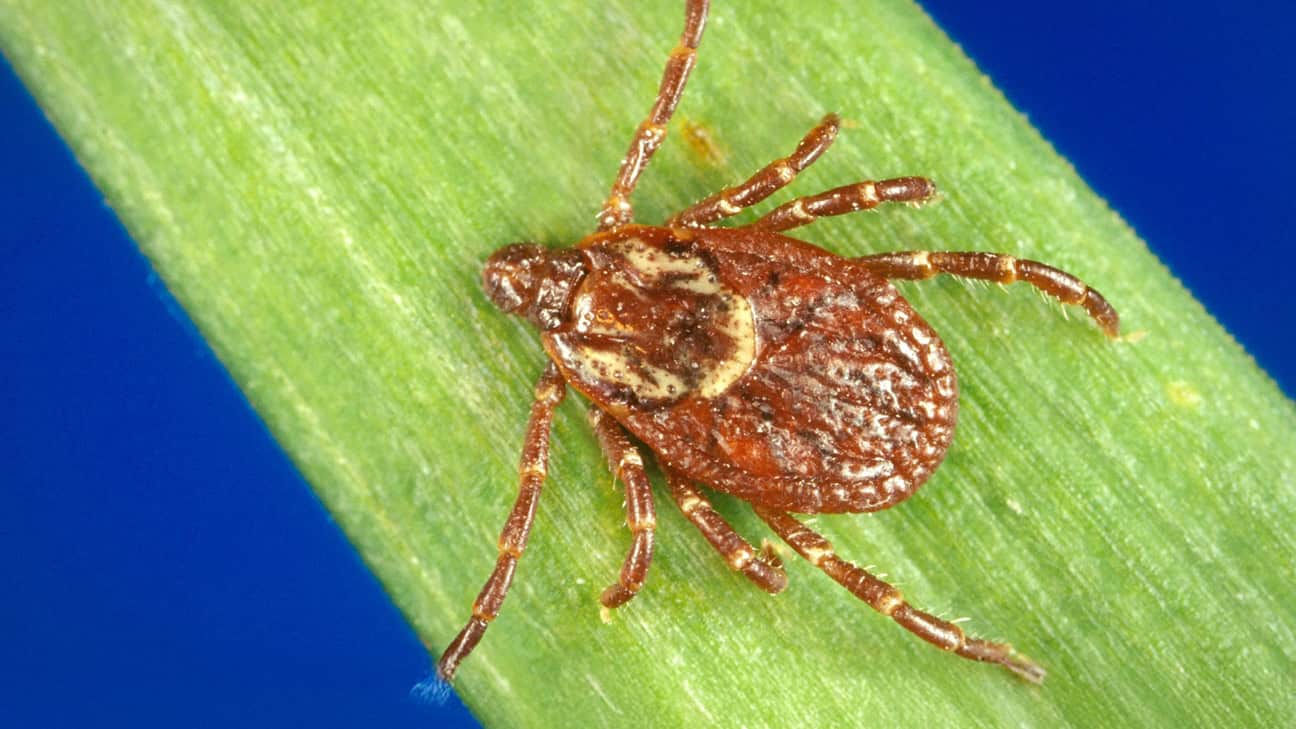
Guide to Help Prevent Tickborne Illnesses
Published July 16, 2025DURANT, Okla. – The Choctaw Nation Public Health Department has released a new Choctaw Nation Tick Guide in response to growing concerns about tickborne illnesses within the reservation. The guide provides valuable information for the community to stay informed and protected while enjoying the outdoors specifically in Southeastern Oklahoma.
Over the last year, in partnership with Oklahoma State University (OSU) and the Centers for Disease Control and Prevention (CDC), Choctaw Nation Public Health collected 690 ticks from across the reservation to identify and test for disease. The most common tick identified was the Lone Star Tick, which is an aggressive tick known to transmit several serious illnesses, including Alpha-Gal Syndrome (AGS), Heartland virus, Bourbon virus and ehrlichiosis.
“While not all ticks carry disease, it only takes one bite to make you sick,” said Mason Emert, Epidemiologist for Choctaw Nation. “Our goal with this guide is to raise awareness and help our communities stay safe while connecting with nature.”
Alarmingly, public health data indicates that rates of Alpha-Gal Syndrome – a tick-related food allergy to red meat – are higher within the Choctaw Nation than in both Oklahoma statewide and the U.S. as a whole. This underscores the urgent need for proactive tick bite prevention strategies.
The Choctaw Nation Tick Guide offers practical tips for avoiding tick bites, including:
- Wearing long sleeves and pants when outdoors
- Using EPA-approved insect repellents
- Checking for ticks after spending time outside
- Showering soon after returning indoors
- Keeping yards and play areas well-maintained